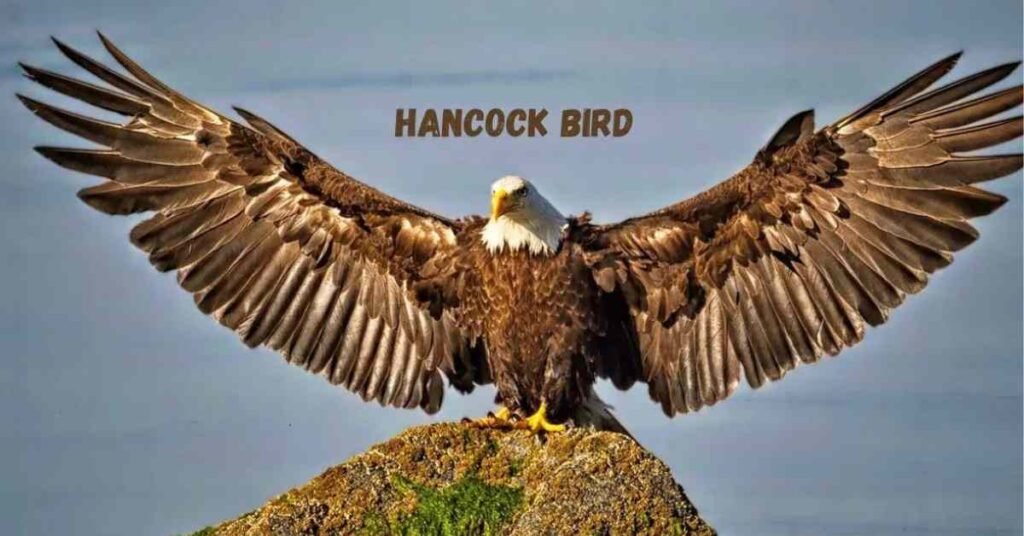Discover the fascinating migration patterns of Hancock Birds. Learn why they migrate, the routes they take, and how you can help protect them.
Migration is one of nature’s most fascinating phenomena, showcasing the incredible endurance and navigation skills of birds. Among these migratory marvels, the Hancock Bird stands out for its unique and impressive migration patterns. In this article, we’ll dive deep into the world of Hancock Bird migration, uncovering the why, when, and how of their journeys.
Table of Contents
| Sr# | Headings |
|---|---|
| 1 | Introduction |
| 2 | Understanding Bird Migration |
| 3 | Hancock Bird Overview |
| 4 | Why Do Hancock Bird Migrate? |
| 5 | When Do Hancock Bird Migrate? |
| 6 | The Migration Routes |
| 7 | Challenges Faced During Migration |
| 8 | The Role of Climate Change |
| 9 | How Scientists Study Migration |
| 10 | Conservation Efforts |
| 11 | How You Can Help |
| 12 | Fun Facts About Hancock Birds |
| 13 | Conclusion |
| 14 | FAQs |
Introduction
Migration is a seasonal journey that birds undertake to find favorable conditions for breeding and survival. The Hancock Bird, a species renowned for its extraordinary migration patterns, travels thousands of miles each year. But what drives these birds to embark on such arduous journeys? Let’s explore the intricate details of Hancock Bird migration patterns.
Understanding Bird Migration
Bird migration is a complex and multi-faceted phenomenon. Birds migrate for various reasons, including escaping harsh weather, finding abundant food sources, and ensuring successful breeding. This cyclical journey is a matter of survival and propagation of species.
Hancock Bird Overview
The Hancock Bird is a medium-sized bird known for its distinctive plumage and melodic song. These birds are primarily found in North America, with a strong presence in the Hancock region. Their migration patterns are among the most studied due to their unique routes and behaviors.
Why Do Hancock Birds Migrate?
Hancock Birds migrate to escape the cold winters and find suitable breeding grounds. The primary reasons include:
- Food Availability: During winter, food sources become scarce. Migration allows them to access abundant food in warmer climates.
- Breeding: Migrating to specific areas ensures they have the optimal environment for raising their young.
- Survival: Avoiding harsh weather conditions increases their chances of survival.

When Do Hancock Birds Migrate?
Hancock Birds typically migrate in the fall and spring. The exact timing can vary based on weather conditions and geographic location. Generally, they begin their journey south in late September and return north in April.
The Migration Routes
The migration routes of Hancock Birds are well-documented and fascinating. They follow a consistent path each year, often traveling over 2,000 miles. Key stopover points include:
- Stopover 1: Northern forests where they rest and feed.
- Stopover 2: Wetlands which provide abundant food.
- Stopover 3: Coastal regions before crossing vast distances.
Challenges Faced During Migration
Migration is fraught with challenges. Hancock Birds face numerous obstacles, such as:
- Predation: Birds are vulnerable to predators during migration.
- Weather: Storms and unfavorable weather can hinder their journey.
- Habitat Loss: Urbanization and deforestation reduce stopover points and breeding grounds.
The Role of Climate Change
Climate change significantly impacts bird migration. Altered weather patterns and temperatures can disrupt the timing and success of migration. For Hancock Birds, this means potential changes in food availability and breeding conditions.
How Scientists Study Migration
Scientists use various methods to study Hancock Bird migration:
- Banding: Attaching small bands to birds’ legs to track their movements.
- Satellite Tracking: Using GPS devices to monitor long-distance travel.
- Observation: Field studies and bird counts during migration seasons.
Conservation Efforts
Conservation efforts are crucial for protecting Hancock Birds. Initiatives include:
- Habitat Protection: Preserving critical stopover points and breeding grounds.
- Legislation: Enforcing laws to protect migratory birds.
- Research Funding: Supporting studies to better understand migration patterns.
How You Can Help
You can play a role in protecting Hancock Birds by:
- Supporting Conservation Organizations: Donating to groups that work on bird conservation.
- Creating Bird-Friendly Spaces: Planting native vegetation and providing food and water sources.
- Advocating for Policies: Encouraging lawmakers to support conservation efforts.
Fun Facts About Hancock Birds
- Remarkable Navigators: Hancock Birds use the stars, sun, and Earth’s magnetic field to navigate.
- Long Distance Flyers: Some Hancock Birds travel over 3,000 miles during migration.
- Social Travelers: They often migrate in large flocks, providing safety in numbers.
Conclusion
The migration patterns of Hancock Birds are a testament to the wonders of nature. These incredible journeys highlight the importance of conservation efforts to ensure that future generations can witness this marvel. Understanding and protecting these birds is a responsibility we all share.
FAQs
1. How far do Hancock Birds migrate? Hancock Birds can travel over 2,000 miles during their migration.
2. What triggers Hancock Birds to start their migration? Changes in daylight and temperature signal Hancock Birds to begin their migration.
3. How do Hancock Birds navigate during migration? They use a combination of the sun, stars, and Earth’s magnetic field for navigation.
4. What are the biggest threats to Hancock Birds during migration? Predation, weather conditions, and habitat loss are the primary threats.
5. How can I help support Hancock Bird conservation efforts? You can support by donating to conservation organizations, creating bird-friendly spaces, and advocating for protective policies.

Discover the fascinating migration patterns of Hancock Birds. Learn why they migrate, the routes they take, and how you can help protect them.





